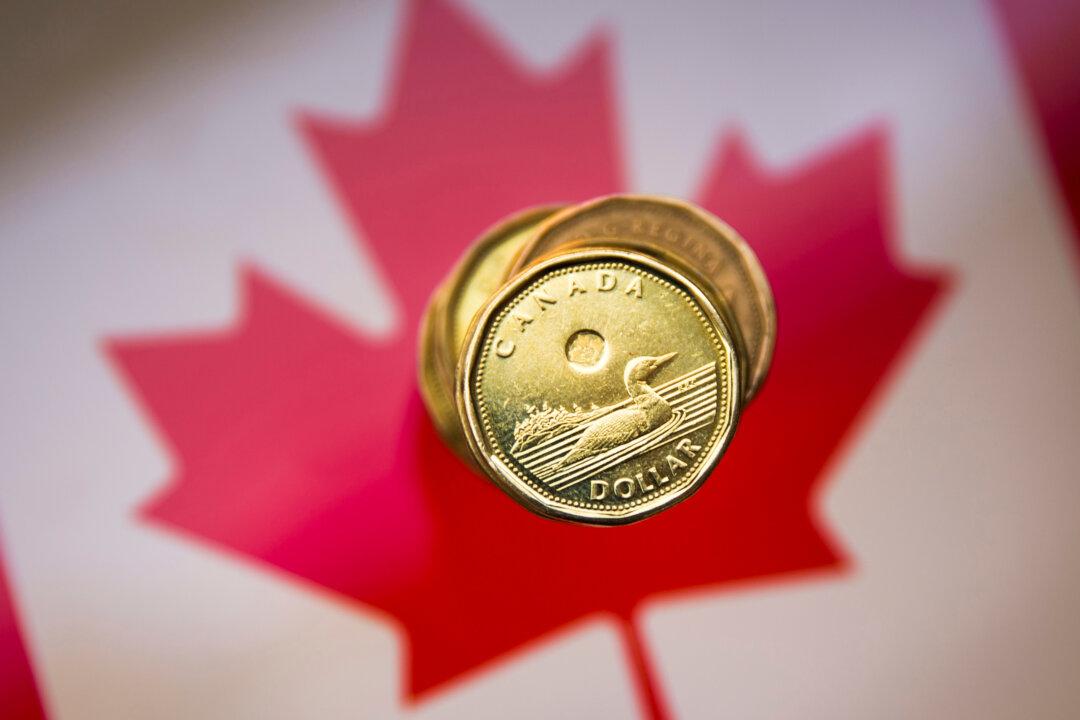LONDON—The safe-haven Japanese yen fell back on Friday and risk-sensitive currencies, such as the Australian dollar advanced as investors took comfort from a plan to hold talks between the United States and Russia over the crisis in Ukraine.
The euro edged higher against a weaker dollar.
The yen and rival safe haven, the Swiss franc, have gained this week with investors unsettled by rising tensions on the Ukrainian border, where Russia deployed more than 100,000 troops. Western powers say Russia is looking for a pretext to invade, a charge Moscow rejects.
Sentiment improved after news late on Thursday that U.S. Secretary of State Antony Blinken had accepted an invitation to meet with Russian Foreign Minister Sergei Lavrov late next week provided Russia does not invade Ukraine.
Risk Appetite Subdued
“The confirmed meeting between Blinken and Lavrov may mean markets conditions remain stable into the weekend but the appetite for risk will likely be contained until that meeting takes place,” said MUFG analyst Derek Halpenny.The dollar rose 0.3 percent on the yen, reaching as high as 115.3 yen, having touched a two-week low of 114.79 in early Friday trading.
For the week the dollar remains down 0.3 percent against the Japanese currency—a relatively small move given the geopolitical tensions of the past week that suggests investors are not yet panicking about the crisis.
The dollar also gained 0.2 percent on the franc on Friday to 0.9216 francs, while the euro rose 0.1 percent against the Swiss currency.
China’s yuan hit its strongest since April 2018 in offshore markets.
The offshore yuan reached as high as 6.3182 yuan per dollar.
Other currencies sensitive to broad investor sentiment rose. The Australian dollar gained as much as 0.4 percent to $0.7228 before giving up some of those gains.
The euro continued its week of choppy trading based on Ukraine headlines and was unchanged on the day at $1.136.
“The back and forth of the Ukraine crisis continues to dominate FX markets,” UniCredit analysts wrote in a note sent to clients. “The net result in FX is to further lock currency majors within tight trading ranges.”
The improved mood did little to help bitcoin, which slipped 1 percent to $40,229, near two-week lows.





